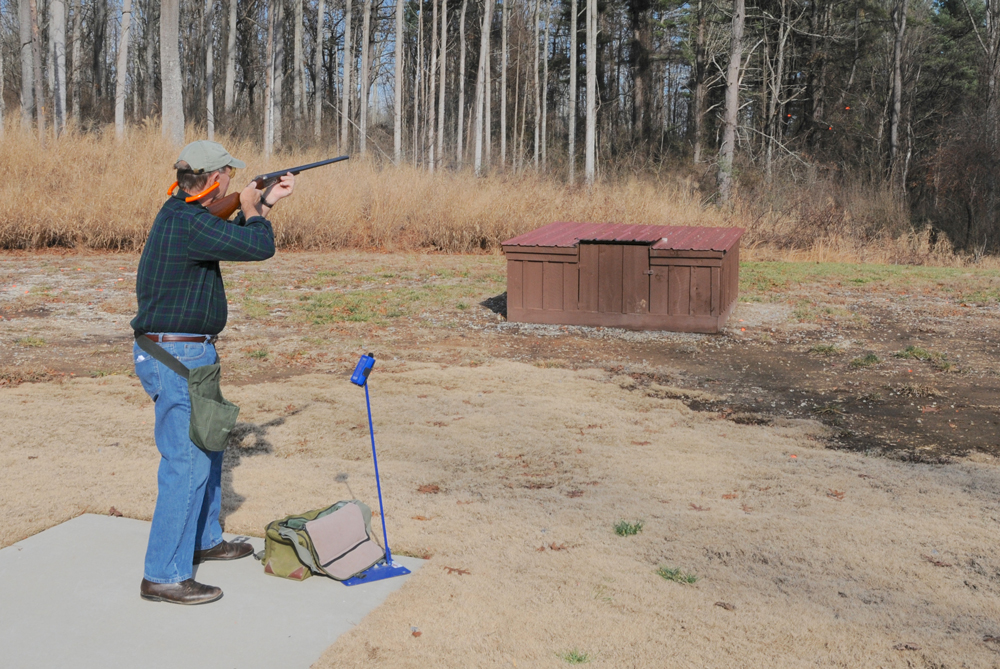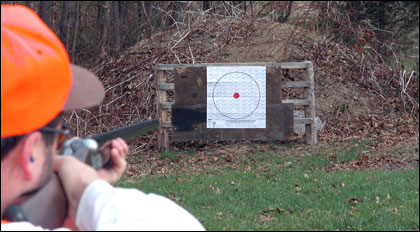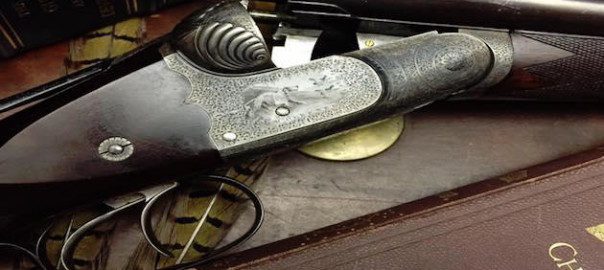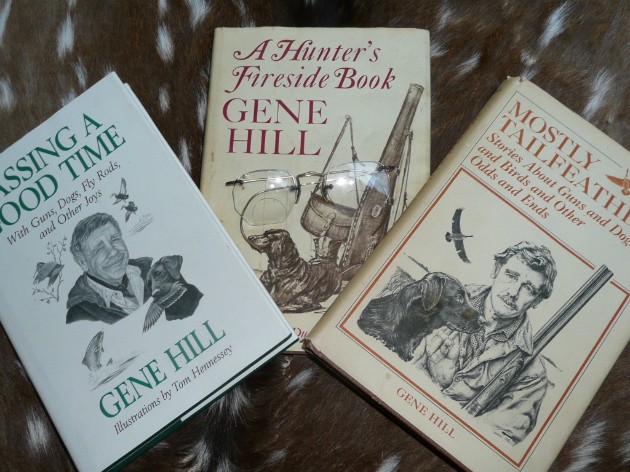If folks think my fly casting is modest, and most would, they should see me shoot a shotgun. I’m plumb lousy, no doubt about it. But as I begin visiting bird hunting plantations for research on Sporting Classics’ upcoming book Classic Sporting Lodges, coming this fall, it dawned on me that I’d better improve my game.
When it comes to mounting a gun and swinging it through the bird as I pull the trigger, I’m not so plush of wallet that I can afford to hire a private coach to break me of decades of bad habits. What to do?
Flush a bird and mostly tail feathers is what I down. That’s the title of one of the late Gene Hill’s fine books. Columnist for Sports Afield and Field & Stream, Hill often opined that the best shotgun instructor is a case of shells. Practice, practice, practice—that’s what it takes.
Of course, I had to complicate things: For upland birds, I favor 16-gauge side-by-sides. From my rack I pulled the Parker Trojan with 28-inch barrels choked modified and full—heavy enough to smooth my swing but light enough to carry all day, and plenty lethal with one-ounce loads of #7½s. No chambering is better suited for quail, grouse, or doves, says Don Mallicoat, a real-life sporting clays instructor.
Alas, 16-gauge ammo is not as easy to find as one might wish. An online search directed me to Cabela’s, which stocks both #7½s and #8s under the Herter’s brand. Cases run about $70; I bought two, figuring they’d get me started.
A couple of years ago, my friend Dale Klug introduced me to Biltmore’s Sporting Clays Club, which I joined. With two sporting clays courses, two five-stand courses, and a combined trap and skeet field just off Interstate 40 here in Asheville, North Carolina, BSCC is an ideal venue to learn to shoot. And as a member, I can shoot pretty much anytime the club is open.
Since I’ll be hunting quail in the coming weeks, I set up at skeet station #8 about 35 feet back from the trap range trap, which was configured to throw straight-aways and clays veering left and right. BSCC has installed voice-actuated traps, so I didn’t need a puller.
The stock on the Parker is a little short for me. So what? It’s original, and I’ll learn to shoot it as-is. At first I tried practicing with the gun unmounted at port arms, the way I carry it when walking up behind a dog on point. No joy; I couldn’t hit squat. I didn’t know where the gun needed to be pointing to dust a clay when I pulled the trigger, so I switched to the mounted position—cheek welded to the comb, right eye seeing only the bead at the end of the barrels.
Don had told me a long time ago to concentrate on the leading edge of the clay bird and, when I swing through it, gently pull the trigger. Know what? He’s right. When I do that, the bird busts.
Mounting the gun when the bird becomes visible is far more challenging. I’m teaching myself to be consistent in getting my cheek down on the stock as I slide the safety off while swinging through the clay. It’s a work in progress . . . and always will be.
I’ve fit three hour-long sessions at the range into my weekly schedule. I typically shoot 100 rounds during each session—enough to identify what I’m doing wrong, correct it, and replicate good shots. When I finish on the trap/skeet range, I’ll work out on five stand and then sporting clays.
These days I think of BSCC as my personal shotgun gym, and when other members see my svelte side-by-side amid the plethora of over-and-under 12s and, with an incredulous look, ask, “What’s that?” I’ll grin and say, “Oh, it’s an old Parker 16.”




